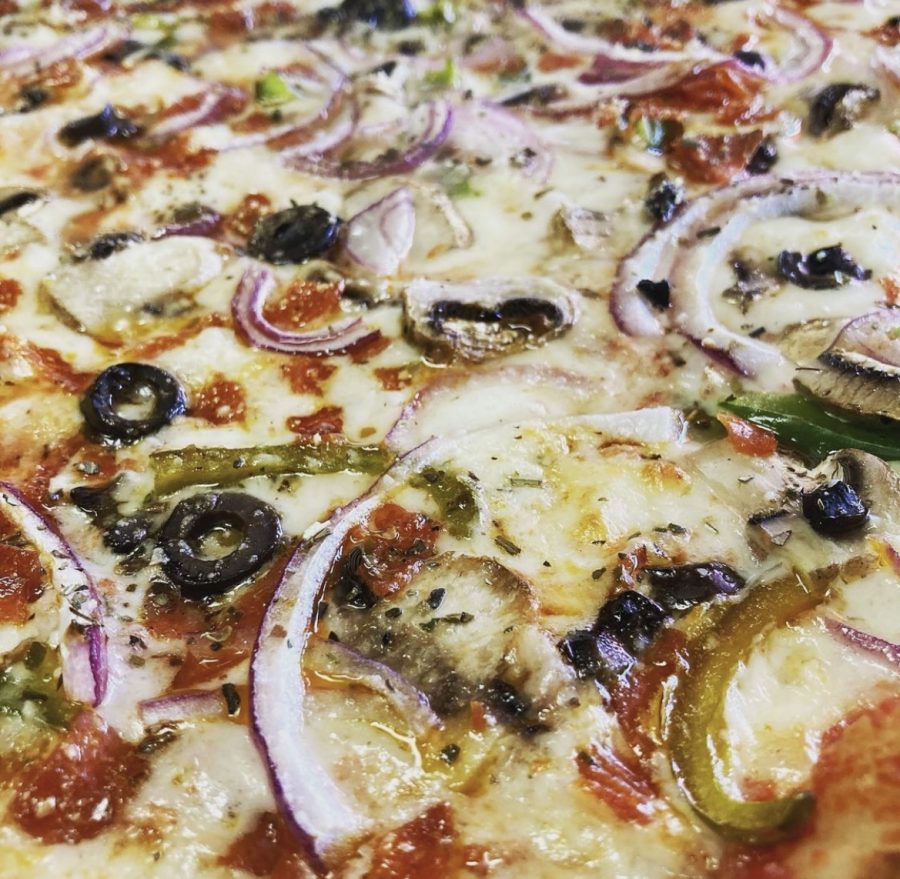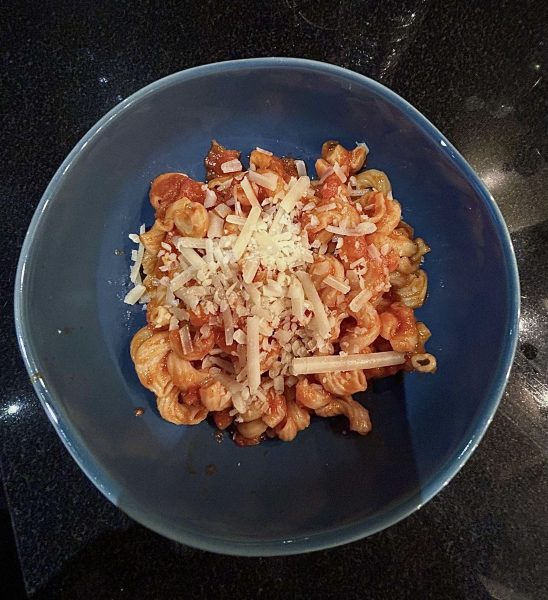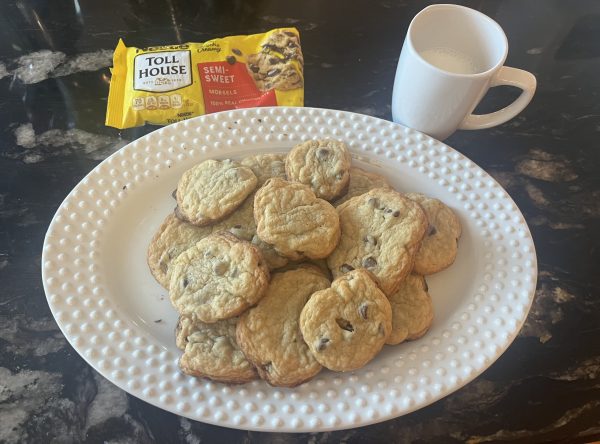Pizza: How to Make it Healthy
Everyone loves a good pizza slice, but some people may feel guilty when looking to eat healthier. There is no need to feel guilty while eating pizza, especially when you make it healthier in the ways discussed below. This article will talk about making your pizza healthier for each layer of the pizza: the crust, sauce, and toppings.
The crust is the base layer of all pizzas and what some might say makes the whole pizza. There are many different ways to make your pizza crust healthier, like whole-wheat crusts, thin crusts, or cauliflower crusts. Cauliflower crusts are a great alternative to your traditional pizza crust. Cauliflower crust provides many nutrients that are essential for our bodies. Traditional flour crusts are very high in calories and carbs and provide few nutrients. At the same time, cauliflower crusts are low carb and calorie. Cauliflower crust also has seven grams of protein. Cauliflower crust is also high in antioxidants and fiber. This crust would be good for you if you have gluten intolerance because it is gluten-free. We recommend picking up a cauliflower crust next time at the grocery store, but no pizza place around here has cauliflower crust on their menu. Order a thin crust pizza to make your pizza crust healthier when you are ordering from a pizza place. Lisa DeHaven, a registered dietician, says, “It is common sense that less crust equals fewer calories. A good thing about thin crust is that it isn’t going to alter the taste of classic pizza like the cauliflower crust will”.
While tomatoes, olive oil, and other ingredients in pizza sauce have some nutritional benefits, some store-bought sauces can contain a high amount of sugar that can damage your body. “When buying pizza sauce, make sure you check the ingredients on the packaging to see the sugar content and be aware of what you will be consuming,” says DeHaven. Pizza sauce is incredibly easy to make at your house, which we suggest so you know exactly what you are consuming. You need a can of peeled tomatoes and add garlic, oregano, basil, salt, and sugar to taste. Check out this video for a homemade pizza sauce recipe. When ordering pizza from a restaurant, the sauce is the one ingredient you don’t necessarily have to worry about. Almost every pizza place makes its sauce, and they don’t put in added sugars and preservatives like store-bought sauces.
Most pizza places use low moisture, whole milk mozzarella cheese. This cheese is high in saturated fat, which leads to high cholesterol and even heart disease. If you are ordering pizza from a restaurant, ask for light cheese. We recommend using a part-skim cheese to make pizza at home because it has less saturated fat. In general, go light on cheese and go heavy on healthy toppings.
The toppings are what make or break a healthy pizza. To make your pizza healthier, stay away from toppings like pepperoni, sausage, and bacon because these will add calories and fat. If you want to add protein to your pizza, add grilled chicken. Chicken is an excellent source of lean protein. “When I eat pizza, I generally try to add grilled chicken and two to three vegetables”, says DeHaven when asked how she makes her pizza healthier. Pizza is a great way to get your vegetables in if you don’t like eating them. Peppers and onions go together nicely on pizza, but be cautious if they are cooked ahead of time. At restaurants, peppers, onions, and mushrooms are sauteed on a greasy grill in olive oil. We recommend using fresh vegetables to top your pizza.
If you are trying to eat healthier, don’t feel like you need to cut pizza out of your diet. There are plenty of ways to make pizza healthy, like using a thin crust, low-fat cheese, and a lot of fresh vegetables. Just have fun with it and explore new recipes and ideas!
https://www.acouplecooks.com/best-healthy-pizza-recipe/
https://www.foodnetwork.com/healthyeats/2013/10/10-ways-to-build-a-healthier-pizza
Gabe Daubert, Grade 12. Hobbies include running and golf. Gabe plans on attending either Penn State to study mechanical engineering and do ROTC or attend...
Amelia Loughery, Grade 12. Interests/Hobbies: lacrosse, NHS, executive council, link crew, small group leader at her church, traveling, and hanging out...










